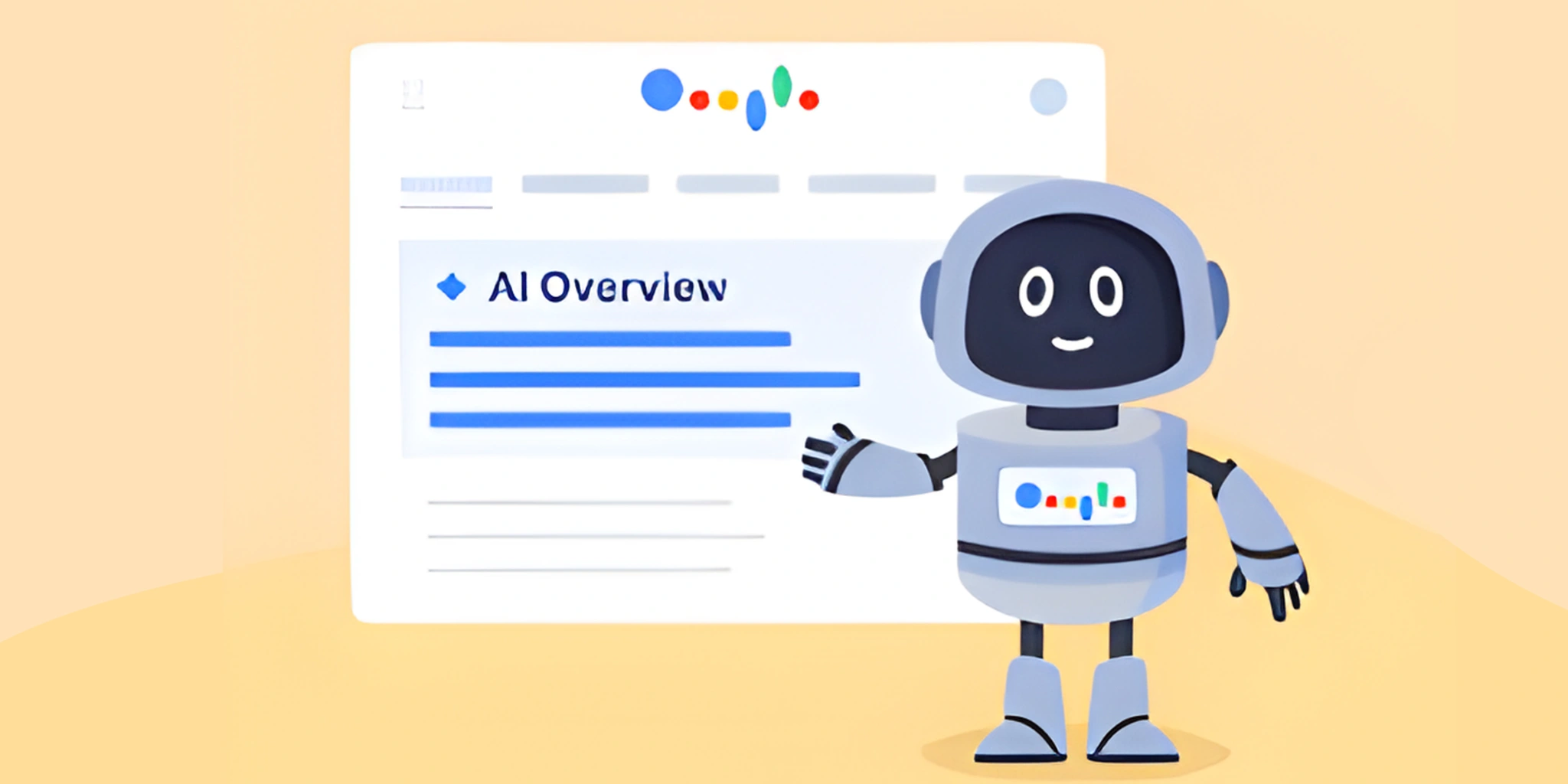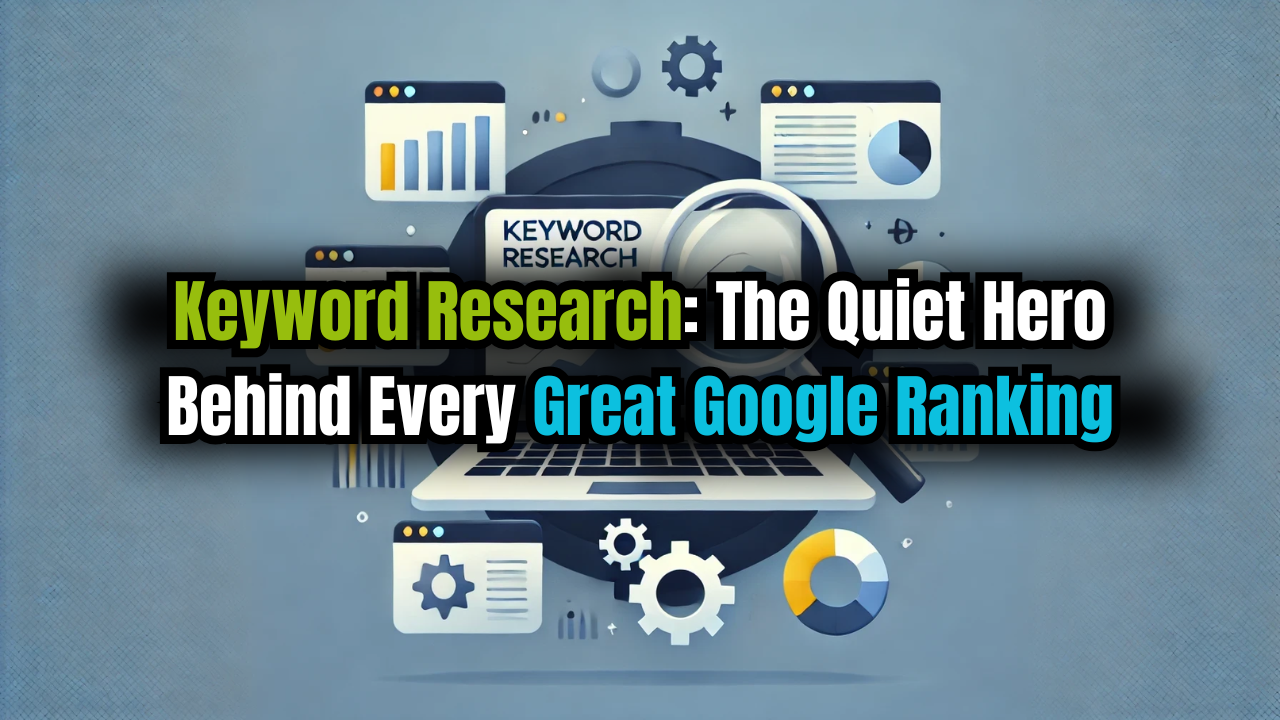
Introduction: The Search Revolution Has Begun
The way people search online is changing faster than ever. Gone are the days when users typed keywords into Google and browsed through ten blue links.
Now, users ask questions directly — and expect instant, conversational answers. From ChatGPT to Google’s SGE (Search Generative Experience) and Bing Copilot, a new era is here.
This shift is called Answer Engine Optimisation (AEO) — the next frontier in digital marketing.
At Digital Hexa, Delhi, we help brands adapt to this transformation so they remain visible and credible in an AI-driven search world.
What Is Answer Engine Optimisation (AEO)?
Understanding the Core Concept
Answer Engine Optimisation (AEO) is the process of optimising your content so that AI-powered search engines and chatbots (like ChatGPT, Perplexity, and Google Gemini) can find, understand, and present your brand’s content as the best possible answer to user questions.
In simple terms, AEO ensures that when a user asks, “What’s the best digital marketing agency in Delhi?” — your business is the answer, not just a link buried in search results.
How AEO Differs from Traditional SEO?
| Traditional SEO | Answer Engine Optimisation |
|---|---|
| Focuses on ranking in Google’s 10 results | Focuses on being featured in AI-generated answers |
| Keyword-based optimization | Intent and question-based optimization |
| Relies on backlinks and meta data | Relies on structured data, entities, and context |
| Targets humans via search pages | Targets both humans and AI models that interpret content |
AEO doesn’t replace SEO — it evolves it. It’s about preparing your content to talk to AI systems, not just algorithms.
Why Answer Engine Optimisation Matters
The Rise of AI Search Assistants
AI chatbots like ChatGPT, Copilot, and Gemini are replacing traditional searches. These tools pull answers from multiple trusted sources — but they only surface the most contextually clear and structured ones.
Without AEO, your brand might disappear from AI answers, even if your SEO is strong.
2. Voice Search Is Fueling the Shift
“Hey Google, what’s the best way to grow my small business online?”
Voice searches are natural language queries — they demand clear, concise answers. AEO prepares your website to speak the same language as voice assistants.3. User Behavior Has Changed
Today’s audience doesn’t want to click; they want instant clarity. AEO aligns your content with this behavior by creating concise, accurate, and trustworthy responses.
4. Google’s SGE (Search Generative Experience)
Google’s new AI-powered SERPs summarise answers before showing links. If your content isn’t optimised for AI interpretation, it won’t appear in those snapshots — even if your SEO is strong.
How Answer Engine Optimisation Works
1. Structured Data & Schema Markup
AI engines rely on structured data to understand what your content is about. Using schema markup, you can label your content — FAQs, reviews, services, and locations — so search engines can contextualize your information instantly.
2. Entity-Based Content
AEO is built around entities, not just keywords. Entities are recognized subjects — like Digital Hexa (brand), Delhi (location), or answer engine optimisation (concept).
By associating these entities with credible sources, you improve your content authority and AI discoverability.
3. Contextual Clarity
AEO prioritizes clear, human-friendly writing that answers questions directly. Instead of keyword stuffing, focus on:
Using questions as headers (H2s/H3s)
Providing short, factual answers
Linking to reputable sources
4. Semantic SEO Integration
Semantic SEO and AEO go hand-in-hand. AI understands relationships between ideas, not just keywords. That’s why Digital Hexa optimizes content using semantic mapping tools to cover every intent variation.
5. Trust Signals & E-E-A-T
AEO favors content backed by Experience, Expertise, Authoritativeness, and Trustworthiness. Including author bios, real case studies, and data citations boosts your brand’s credibility in AI-driven searches.
Step-by-Step Guide: How to Optimise for AEO
Step 1: Identify Question-Based Queries
Use tools like AlsoAsked, AnswerThePublic, or Google’s People Also Ask section to find real user questions.
Example:
“What is answer engine optimisation?”
“How does AEO affect SEO?”
“Why is AEO important for small businesses?”
Step 2: Create Content That Speaks Like an Answer
Structure content to give instant, clear, 2–3 sentence answers, followed by supporting insights.
Example:
– Q: What is Answer Engine Optimisation?
– A: It’s the process of preparing your content for AI-driven search tools that deliver direct answers instead of just links.
Step 3: Add Schema Markup
Implement FAQ schema, HowTo schema, and Article schema to help search engines read your content format effectively.
Step 4: Focus on Featured Snippet Optimization
Since AI assistants often rely on featured snippets, create concise definitions, numbered lists, and bullet points for easy extraction.
Step 5: Strengthen Your E-E-A-T Signals
- Show who you are and why you’re credible. Add:
- Expert author names
- Transparent contact info
- External references or statistics
- Case studies from Digital Hexa’s clients
Step 6: Use Conversational Tone
AI loves content written in natural language, mirroring how users ask questions. Avoid jargon; use friendly explanations.
Step 7: Optimise for Voice & Mobile
Ensure your content loads fast, is mobile-friendly, and answers “who,” “what,” “why,” “how,” and “where” queries succinctly.
How Digital Hexa Leveraged AEO
A Delhi-based skincare brand partnered with Digital Hexa to boost visibility in AI-driven search results.
Instead of just ranking for “best skincare brand,” our team optimized content for question-based intent, such as:
“Which skincare brand offers natural products in Delhi?”
“How do I choose organic skincare for oily skin?”
We restructured their blogs into Q&A-style formats, added FAQ schema, and created expert-led content with trust signals.
Within 60 days, their answers began appearing in Google SGE snapshots and Bing Copilot summaries, resulting in:
42% higher click-through rate
33% increase in voice search impressions
Enhanced brand authority online
Common Mistakes to Avoid in AEO
Keyword obsession – Stop focusing only on keywords; think in questions and entities.
Ignoring schema markup – Without structure, AI can’t “read” your content accurately.
Long, unfocused paragraphs – Keep answers clear, short, and to the point.
Lack of expertise signals – AI favors authors with visible experience and credibility.
Not updating content – AI tools prefer fresh, frequently updated information.
Tips from Digital Hexa’s SEO Experts
- Create “snippetable” content: Write 40–60-word summaries for each key question.
Cover all search intents: Informational (What), Navigational (Where), and Transactional (How).
Include multimedia: AI uses context from videos, infographics, and images.
Use Google’s “People Also Ask” data to expand your content tree.
Monitor AI search performance: Tools like AlsoAsked, SurferSEO, and Semrush AI Visibility help track how your answers appear in AI results.
Why Digital Hexa Leads the Way in Answer Engine Optimisation
At Digital Hexa, Delhi, we’ve helped dozens of brands future-proof their visibility using AI-first content strategies.
Our approach combines:
Deep keyword and intent research
Schema and structured data implementation
Content architecture designed for AI understanding
Humanized storytelling that builds trust and credibility
We don’t just optimize for Google — we optimize for AI ecosystems shaping tomorrow’s digital landscape.
Next Steps: Prepare Your Brand for the Future of Search
The world of SEO is evolving — and the brands that adapt now will lead tomorrow.
If your website isn’t ready for Answer Engine Optimisation, you’re already a step behind competitors who are showing up in AI-generated answers.
👉 Contact Digital Hexa, Delhi today for a free AEO readiness audit and discover how your business can dominate in the era of AI-powered search.






